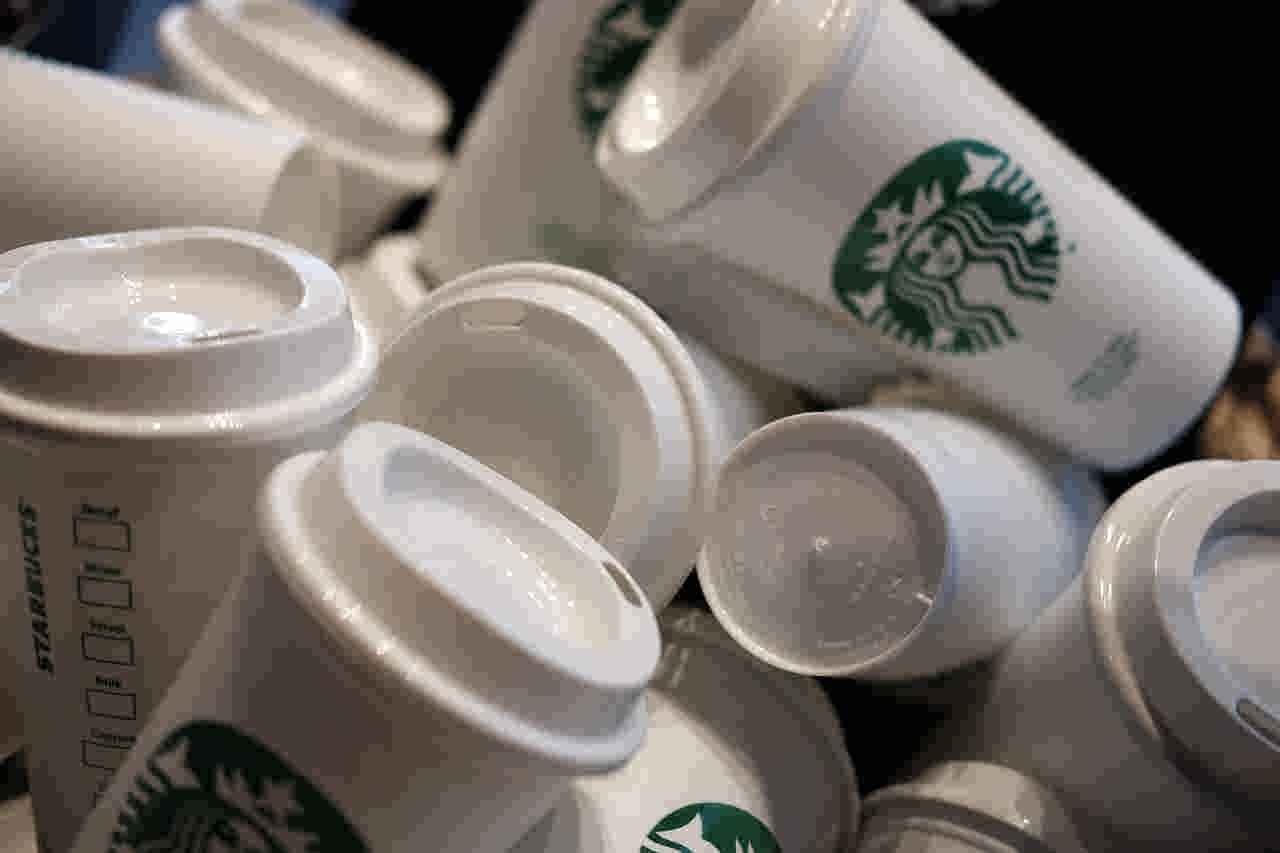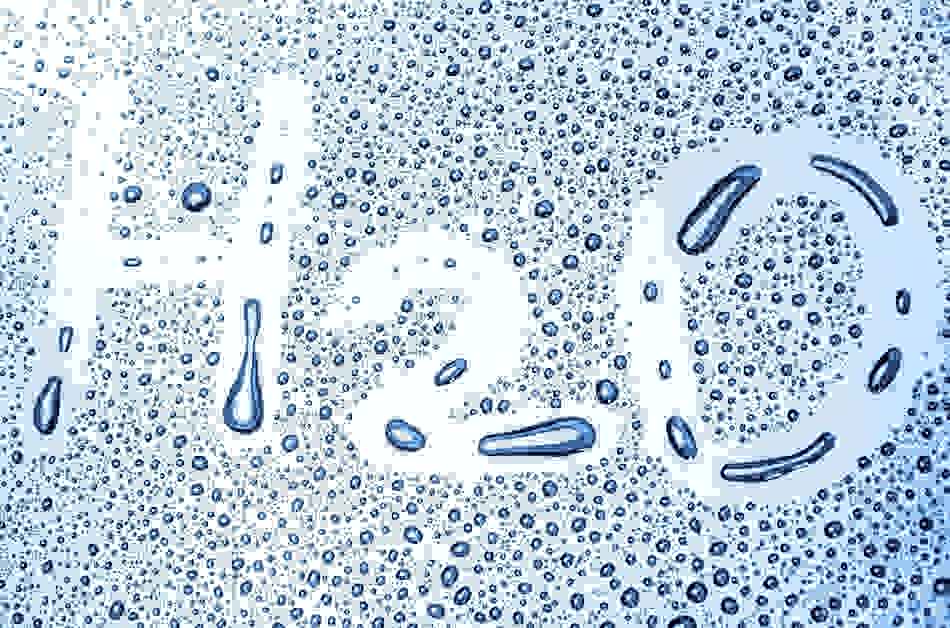For decades, Pappedeckel cardboard has been the invisible helper in our lives. It shields the fragile lamp we ordered online, stacks neatly in the garage during a move, and props up children’s art projects. But ask someone if cardboard is stylish and you’ll probably get a puzzled look or even a chuckle.
In recent years, a quiet but fascinating trend has been unfolding in the design world: Pappedeckel, a humble form of cardboard, has been reimagined as a chic, sustainable, and surprisingly versatile style element. From handcrafted fashion accessories to modern home décor, Pappedeckel is proving that style can come from the most unexpected materials.
What is Pappedeckel?
The Origins and Meaning of the Term “Pappedeckel”
The word “Pappedeckel” comes from German: Pappe means cardboard, and Deckel means lid or cover. In its most literal sense, it refers to a cardboard lid or stiff protective sheet — something you’d see sealing a storage box or protecting a book’s binding. But like many everyday words, its meaning has evolved. While still used in packaging contexts, “Pappedeckel” is now often embraced by artists, crafters, and designers as a shorthand for high-quality, sturdy cardboard that’s ripe for creative transformation.
This transformation is about more than novelty. It reflects bigger shifts in how we think about beauty, value, and responsibility. We’re in an era where sustainability, uniqueness, and storytelling matter just as much as appearance. And materials like Pappedeckel fit perfectly into this new aesthetic — one that’s raw, authentic, and eco-conscious.
In this guide, we’ll explore the fascinating journey of Pappedeckel from packaging staple to design star. You’ll learn how it’s used in fashion, décor, and events, why it’s a sustainability champion, and how you can work with it like a pro.
Traditional Uses in Packaging, Crafts, and Everyday Life
Historically, Pappedeckel had one role: protection and support. It was used to:
Seal and reinforce cardboard boxes
Act as a stiff cover in bookbinding
Serve as the base for puzzles and board games
Provide backing for notepads and sketchpads
Protect fragile goods in storage or shipping
It wasn’t glamorous — but it was dependable, durable, and affordable.
From Functional to Fashionable
The shift from function to fashion started with the rise of minimalism and eco-conscious living. As consumers began valuing natural textures, recyclable materials, and artisanal craftsmanship, Pappedeckel caught the eye of forward-thinking designers.
They saw its potential not just as a container but as a canvas. A sheet of cardboard could be cut, shaped, painted, laminated, embossed, and combined with other materials to create entirely new forms. Suddenly, Pappedeckel was appearing in art galleries, runway shows, and boutique home stores.
How Cardboard Can Boost Your Look
Minimalist Chic
Minimalism thrives on the “less is more” philosophy, and Pappedeckel is a natural fit. Its earthy tones and matte texture create a clean, understated elegance that pairs well with modern interiors and neutral fashion palettes.
Picture a soft beige living room where a large geometric wall hanging, made entirely from layered cardboard panels, acts as a subtle focal point. Or imagine a crisp white summer outfit elevated with a slim, handcrafted Pappedeckel belt — unassuming yet stylish.
Cardboard Couture
In the fashion world, pushing boundaries is part of the game. Cardboard couture has already made waves in avant-garde circles, with designers crafting:
Dramatic gowns with layered corrugated panels
Oversized hats with sculptural folds
Architectural shoulder pieces and collars
While these pieces may be too extravagant for daily wear, they prove that cardboard can hold its own as a creative, eye-catching medium.
Mixing Cardboard with Other Materials
One of the best ways to make Pappedeckel shine is by pairing it with contrasting materials:
Leather straps on cardboard handbags for a rustic-luxury balance
Metal rivets on cardboard shelving for industrial charm
Fabric linings in cardboard clutches for comfort and refinement
Wood frames supporting cardboard room dividers for added strength
This blend of textures transforms humble cardboard into a sophisticated design element.
Eco-Conscious Styling
Incorporating Pappedeckel into your look isn’t just a style choice — it’s a statement. It signals to the world that you care about reusing resources, supporting sustainable design, and valuing craftsmanship over mass production.
Creative Ways to Use Pappedeckel in Style and Décor
Fashion Accessories
Pappedeckel might seem like an unusual choice for wearables, but in the hands of creative designers, it becomes surprisingly versatile. Examples include:
Statement necklaces made from layered cardboard shapes, sealed for durability
Lightweight earrings with painted or metallic finishes
Bags and clutches that mimic the structure of leather designs
Belts featuring embossed patterns and reinforced edges
Home Styling
When treated and sealed, Pappedeckel can be a striking addition to home décor:
Wall art with laser-cut patterns casting shadows on the wall
Shelving units made from honeycomb cardboard strong enough to hold books
Lampshades filtering warm, diffused light through intricate cut-outs
Room dividers that double as art installations
Event Décor
Event planners love Pappedeckel for its affordability, versatility, and eco-friendliness. It can be used to create:
Custom signage
Table centerpieces
Photo booth props
Pop-up displays for trade shows and markets
Upcycled Designs
Upcycling Pappedeckel turns discarded packaging into beautiful, functional pieces:
Old box lids into framed wall art
Stacked cardboard layers into sculptural stools
Decorative storage boxes from shipping materials
Sustainability and Ethical Style
Why Cardboard is a Champion of Eco-Friendly Materials
Cardboard is one of the most sustainable materials available. It’s biodegradable, recyclable, and often made from post-consumer recycled paper. Its environmental footprint is significantly smaller than that of plastics, metals, or synthetic fabrics.
Reducing Waste Through Stylish Reuse
Every time a piece of Pappedeckel is reused creatively, it’s one less item headed to a landfill. This simple act has a ripple effect, inspiring others to see “waste” as a resource.
How Pappedeckel Projects Can Inspire Mindful Consumption
Working with Pappedeckel encourages people to think differently about what they buy, how they use it, and what happens after its first purpose is served.
The Growing Trend of Sustainable Style
Sustainability is no longer a niche concern — it’s a mainstream demand. Brands that embrace eco-friendly materials like Pappedeckel position themselves as forward-thinking and socially responsible.
Tips for Working with Cardboard Like a Pro
Choosing the Right Type and Thickness
Thin, dense cardboard for jewelry and accessories
Corrugated cardboard for furniture or large décor items
Laminated cardboard for pieces that need extra durability
Essential Tools and Materials
Precision knives or box cutters
Metal rulers and cutting mats
Strong adhesives or wood glue
Paints, sealants, or varnishes for finishing
Techniques to Make Cardboard Look High-End
Sand edges for a smooth, professional look
Paint or stain for a richer finish
Laminate with fabric, paper, or veneer for texture
Emboss or engrave patterns for detail
Protecting and Preserving Your Creations
Apply a waterproof sealant
Avoid prolonged sun exposure
Store in cool, dry areas
Real-Life Examples and Inspiration
Designers and Brands Embracing Cardboard
IKEA has experimented with cardboard furniture concepts
Hermès once showcased a window display featuring Pappedeckel sculptures
Smaller eco-brands produce limited-edition cardboard handbags and décor
DIY Creators
Social media is full of Pappedeckel transformations:
YouTubers turning shipping boxes into wall shelves
Instagram crafters making cardboard statement jewelry
Pinterest boards overflowing with cardboard upcycling ideas
Stunning Transformations
One of the most exciting things about Pappedeckel is the “before and after.” A rough, discarded box can become a modern lamp, a chic handbag, or an art installation — all with creativity and care.
Conclusion
Pappedeckel is more than cardboard. It’s a symbol of creativity, resourcefulness, and sustainable thinking. It challenges us to see beauty in the ordinary, to value materials for their potential rather than just their price tag.
By embracing Pappedeckel in fashion, décor, or events, you’re doing more than following a trend — you’re making a statement. You’re saying style should be thoughtful, personal, and environmentally responsible.
So next time you see a plain piece of cardboard, don’t just toss it aside. Look closer. Imagine the possibilities. You might just be holding your next design masterpiece.



